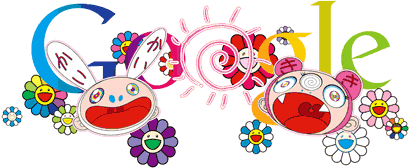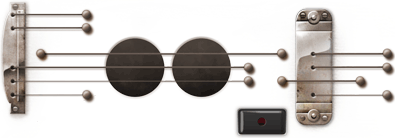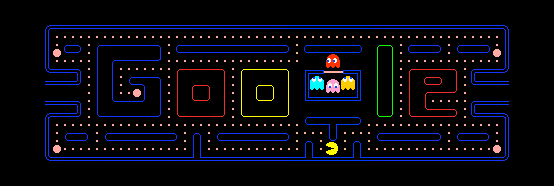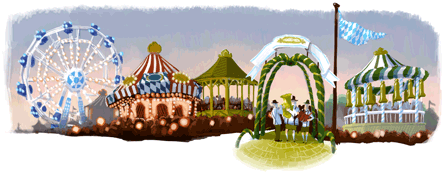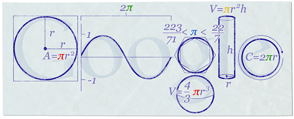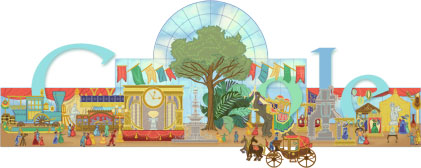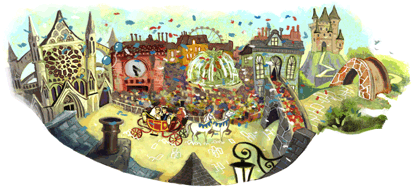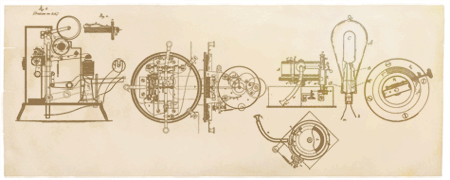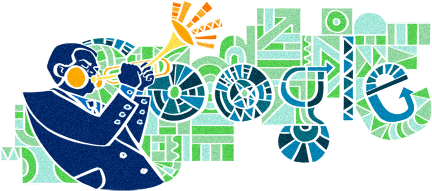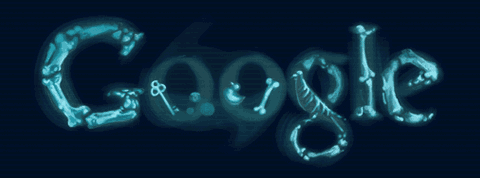How to start a business? How do you build a successful business from scratch? What's the secret to starting or building a business from scratch? How do you grow a business with limited resources? What's the business success secret of successful entrepreneurs and drop out millionaires?
Every entrepreneur aspires to become the next Bill Gates, Mark Zuckerberg, Oprah Winfrey, Steve Jobs, Warren Buffett, Richard Branson, etc. But only a few know what it takes to get the level attained by these great entrepreneurs.
We will be revealing the best small business startup ideas for entrepreneurs who wish to take the entrepreneurial status by next year. If you think it is still early to think about next year, we don't think it is if you want to get ahead of the competition.
As the global economic changes, technology progresses and people needs and wants shift, it is the perfect time to be looking at what business opportunities lie ahead in 2012. Due to the recent recession crisis, a lot of people want to start a business but do not have a lot money to invest in. So, you have decided you want to start a business but you don't have much cast to invest?
Below are some of the budget business ideas we put together to help you start a business inexpensively:
1. Second Hand Stores
People are less inclined to spend the money to buy new at the moment for products like baby clothes which are soon outgrown and need to be swapped frequently. Search and browse through second hand stores for inexpensive and bargain items such as furnitures. Refurnish and reuse is a great way to save cost. Besides, you have furnitures that stands out from the rest in an in creative way.
2. Social Media Consultants
With the rise of social media platforms like Facebook, Linkedln, Twitter, Blogspot and etc, many companies are making full use of the circulation to benefit their brand and services. You could save up by relying on the social media as your consultants to help market your brand to your audience worldwide. It is important for a company to identify the social outlet that is going to give you the best return on your time and investment.
3. Low Cost Logo Design
There is no need to spend thousands of dollars on a business logo design. The new way is through the internet-based logo design services. We found LogoDesignCreation.com as featured on Wall Street Journal article, offering Starter Logo Package at only $39. This package specifically targets startup businesses who are looking to have a business logo done affordably within a few days time. For only a few hundred dollars or less, you can own a well designed logo that fits your business image.
4. Build a website on your own
If you can't afford to have someone custom-design your website, put your site up for less than $100 using tools such as WordPress and Blogspot that provide templates and tools that makes it easy to create a basic website of your own.
5. Self-made videos
Put videos to present your product or service on YouTube or any other video-sharing sites to help promote and spread your brand. Create video tutorial to educate your customers, or show to potential buyers how your products work. Well produced web videos can drive a lot of traffic which in turn build customers, and awareness of your brand.
6. Networking
Learn how to cultivate relationships and give referrals to others. Master the art of networking. Network with others who are doing the same type of work with you. Let them know your existence.
7. Local Marketing
Even if you are trying to reach the global market, your local area offers opportunities to build a buzz about what you do. Use word of mouth in your local area. Your brand would be known in the form of recommendation from a friend or family members. For a startup entrepreneur, getting the word out about your business is important. Looking for ways to market the business can be challenging if you have limited resources. The points above are only some of the ways you can startup and market your business in a budget manner. Instead of spending thousands of dollars to startup, add a bit more of creative thinking and imagination, you CAN put everything to work and watch your business roll! Good luck entrepreneurs!














